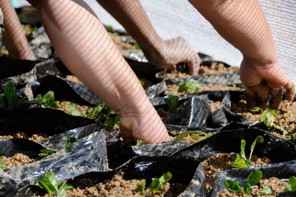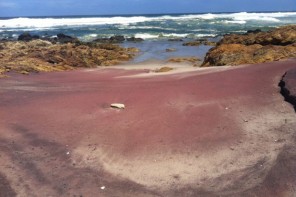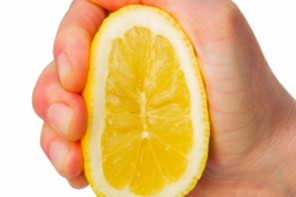The iPad has become a technological craze, but just how eco-friendly is it?
The bad news
Just one iPad’s CO2 emissions is equivalent to a 515 mile drive, 24 books or three years of daily newspapers. That’s pretty shocking! Even worse to hear is that the new iPad is less eco-friendly than its predecessors. The greenhouse gas emitted by the iPad used to be 130kg of CO2 emissions, and the iPad 2 was guilty of 105kg. The new one, however, emits 180kgs of CO2 emissions. That’s the equivalent of an average car being driven for 6.99 hours non-stop!
The good news
CO2 emissions aside, the iPad does have some redeeming factors. Its screen is both arsenic and mercury free, and the device is recyclable because of its glass and aluminium. Apple has implemented recycling programs in 95% of the countries in which Apple products are available, so the good thing is that you can partake in this green initiative to ensure your electronics do not harm the environment. Regarding power, the iPad only uses a fifth of the power required to light a light-bulb. It also has good battery life, so you’ll be decreasing the amount of time you’ve got it plugged into a power source zapping energy.
What you can do to make it greener
If you own an iPad, try to follow some green tips:
- Always recycle your technological gadgets in the proper way! Visit Apple for more details of correct procedures.
- Don’t use the iPad for unnecessary energy-zapping tasks. Make your time on it useful so that you don’t waste battery life.
- Install eco apps on your iPad that will keep you on the green track. For instance, there are apps available that can calculate your carbon footprint.
Apple advancements
Apple is committed to being eco-friendly and now its power and USB cable supplier, Volex, is scheduled to use greener materials in its work. Volex is going to spend millions to produce halogen-free power cables that are less harmful to the environment when disposed. Halogens are toxic as gas vapors; they condense into caustic acids after being in contact with water, thus making them dangerous to the environment.











